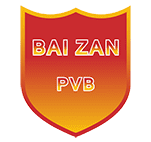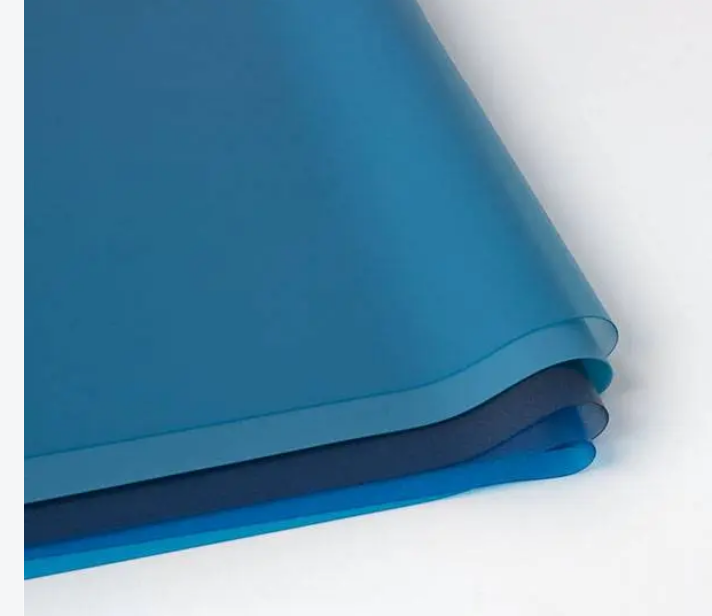Polyvinyl butyral (Polyvinyl butyral) is referred to as PVB.
…PVB resin itself contains a lot of hydroxyl (OH) groups, which can produce a cross linking reaction with some thermosetting resins (Thermosetting resin) to improve chemical resistance and coating hardness. It also has excellent coating film transparency, elasticity, toughness, strong alkali resistance, oil resistance and flexibility, as well as low temperature impact resistance. Due to its special chemical structure, it has strong bonding properties with glass, metal, ceramics, plastics, leather and wood.
1) PVB resin
PVB interlayer film is mainly made of PVB resin. PVB resin is a polymer compound obtained by reacting polyvinyl alcohol and butyraldehyde under the catalysis of strong acid.
PVB resin is non-toxic, odorless, non-corrosive and non-flammable. It has good light transmittance, insulation, weather resistance, wear resistance, water resistance, oil resistance and aging resistance. It has special bonding with inorganic and organic glass. properties and light transmittance. It can be used as a laminated material for safety glass and other transparent materials.
2) Plasticizer
The plasticizer 3G8 used in the production of PVB interlayer film has good compatibility with PVB resin, and has good cold resistance, heat resistance and other characteristics.
3) Additives
In addition to the above two main raw materials, the PVB interlayer film also adds additives such as adhesion regulators, antioxidants, and ultraviolet absorbers in order to adjust the adhesion, improve weather resistance, and isolate ultraviolet rays.
Post time: Jan-16-2024

